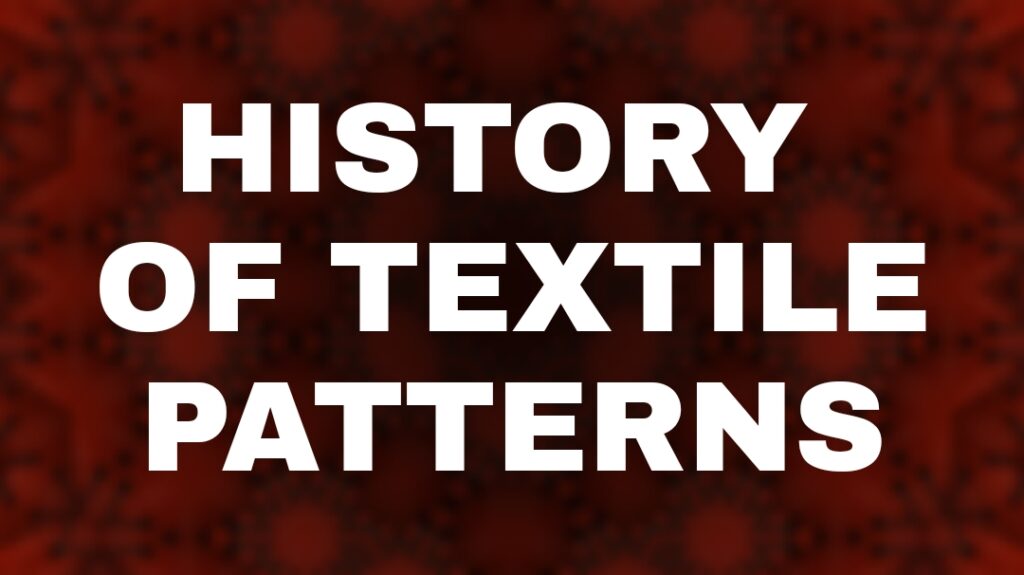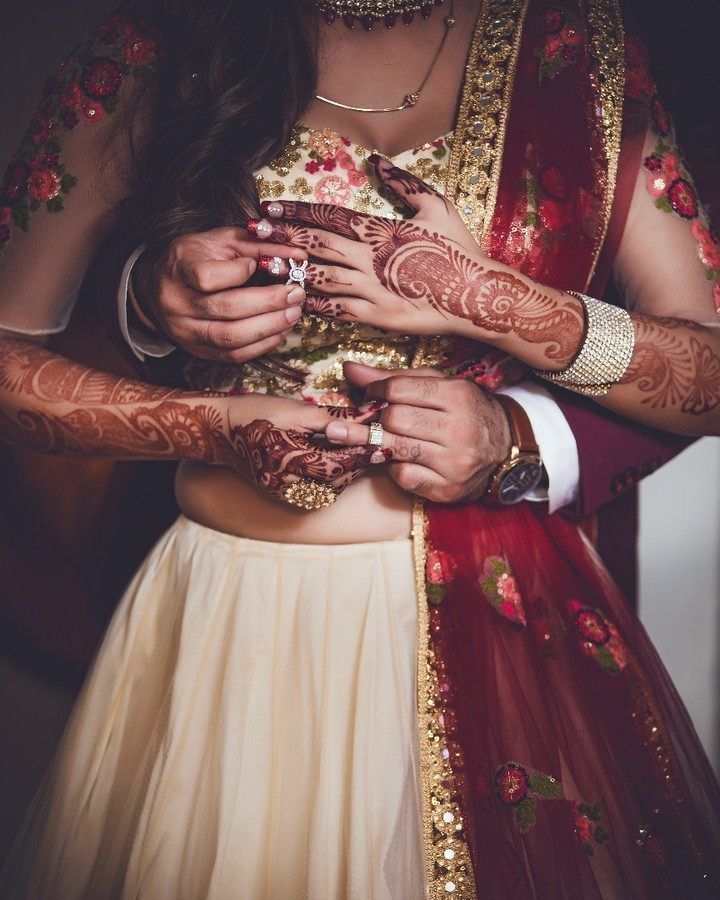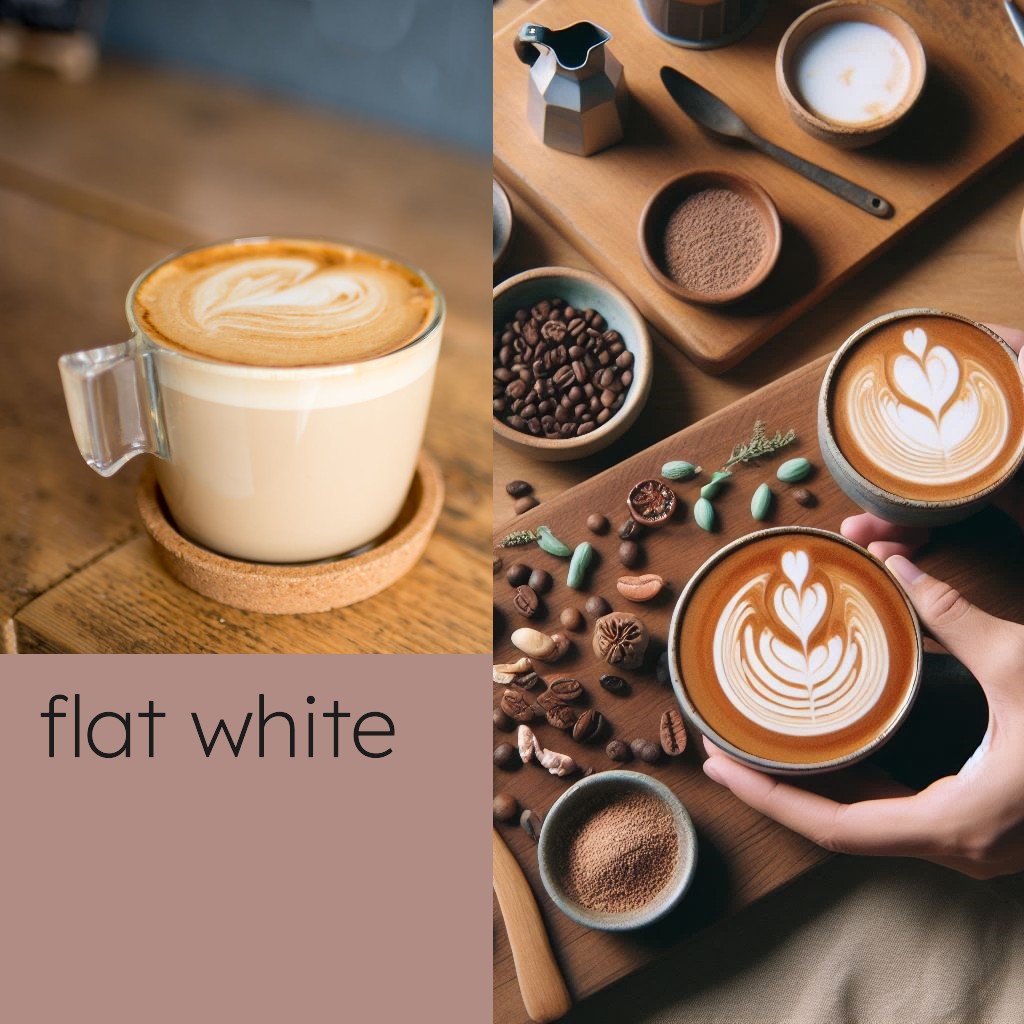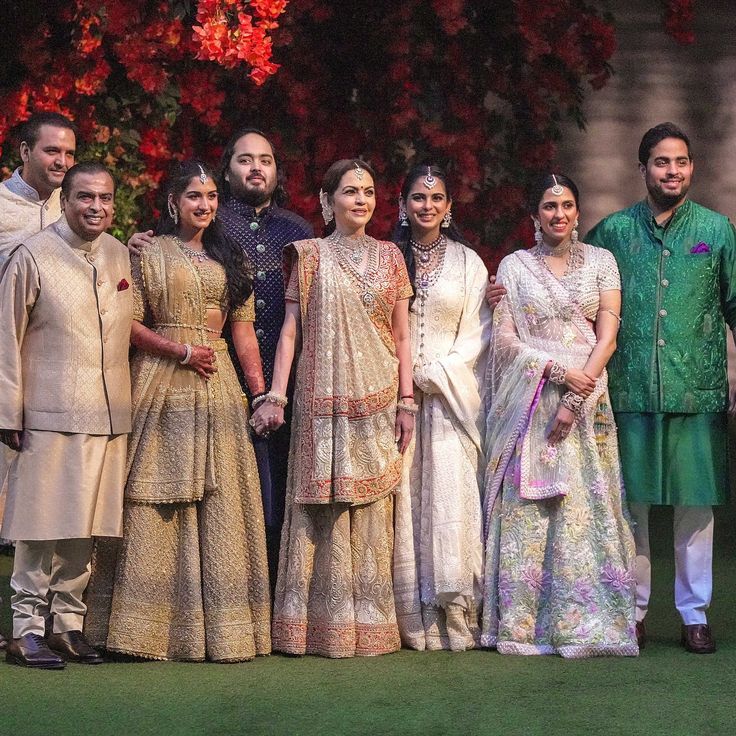Exploring the Artistry and Cultural Significance of Textile Patterns
Textile patterns have been an integral part of human culture for thousands of years, serving as a medium of artistic expression, a reflection of cultural identity, and a testament to craftsmanship.

From ancient civilizations to modern times, textile patterns have adorned clothing, tapestries, and home décor, captivating the eye with their intricate designs and captivating colors. In this article, we will delve into the world of textile patterns, exploring their historical origins, the techniques employed to create them, and the cultural significance they hold across different societies.
Table of Contents
Historical Origins
The history of textile patterns dates back to ancient times when civilizations like Egypt, Mesopotamia, and China began weaving textiles. These early cultures used various materials such as linen, silk, and cotton to create fabrics that were both functional and visually appealing. In many cases, these early textile patterns were symbolic and often represented religious or spiritual beliefs.
One of the oldest surviving examples of textile patterns is the famous “Goddess of Willendorf” figurine, discovered in Austria and estimated to be over 25,000 years old. The figurine is adorned with incised patterns, suggesting that even in prehistoric times, humans recognized the allure of decorating textiles.
Techniques of Textile Pattern Creation
Throughout history, artisans have employed a variety of techniques to create textile patterns, ranging from simple to highly complex. Some of the most common techniques include:
- Embroidery: This technique involves decorating fabric by stitching threads or yarns onto its surface, creating intricate patterns. Embroidery can be done by hand or using specialized machines, and it allows for precise detailing and a wide range of designs.
- Printing: Textile printing involves transferring patterns onto fabric using techniques like block printing, screen printing, or digital printing. These methods allow for the replication of intricate designs with consistent quality and are widely used in the textile industry today.
- Weaving: Weaving is the interlacing of warp and weft threads to create a fabric. By strategically combining different-colored threads, weavers can produce patterns, known as woven patterns or motifs, that emerge from the interplay of the yarns.
- Batik: Batik is a traditional technique originating from Indonesia, in which wax is applied to fabric to create a resist, preventing dyes from penetrating certain areas. This process allows for the creation of vibrant and intricate patterns with a characteristic crackled appearance.
Cultural Significance
Textile patterns hold immense cultural significance across the globe. They serve as a medium to convey cultural heritage, social status, and individual identity. In many societies, specific patterns and motifs are associated with specific regions, tribes, or ethnic groups, acting as a visual representation of their traditions and beliefs.
For example, the intricate geometric patterns of Moroccan textiles, such as those found in traditional Berber rugs, symbolize the rich cultural heritage and nomadic lifestyle of the indigenous Berber people. In India, the intricate and colorful patterns of saris and textiles from different regions represent the diverse cultural tapestry of the country, with each pattern carrying its own symbolism and history.
Furthermore, textile patterns often communicate social and economic status. In some societies, certain patterns were reserved for royalty or the upper class, while others were more accessible to the common people. The use of specific patterns in clothing and textiles became a way to distinguish between social classes.
Conclusion
Textile patterns are an art form that transcends time and culture. They carry the legacy of ancient civilizations, celebrate cultural diversity, and showcase the creativity and skill of artisans. From the intricate embroideries of Central Asia to the vibrant batiks of Southeast Asia, textile patterns continue to captivate us with their beauty and the stories they tell. Whether used
as decorative elements in fashion, as tapestries adorning the walls of grand palaces, or as functional textiles in everyday life, textile patterns play a vital role in our visual landscape.
In addition to their aesthetic appeal, textile patterns also hold economic significance. Throughout history, regions known for their mastery of specific textile patterns have developed thriving trade industries, exporting their fabrics and designs to distant lands. The renowned Silk Road, for instance, facilitated the exchange of silk fabrics and intricate patterns between Asia, the Middle East, and Europe, fostering cultural exchange and economic prosperity.
Furthermore, textile patterns often carry symbolic meanings deeply rooted in mythology, spirituality, and folklore. In some cultures, specific patterns are believed to possess protective or auspicious qualities. For instance, the “evil eye” motif, commonly found in Mediterranean and Middle Eastern textiles, is thought to ward off malevolent spirits and bring good luck. Similarly, indigenous communities in the Americas use textile patterns to convey narratives of their creation stories, ancestral wisdom, and connections to the natural world.
Contemporary designers and artists continue to draw inspiration from traditional textile patterns, infusing them with a modern twist. The fusion of traditional and contemporary elements in textile design creates a dynamic dialogue between the past and the present, preserving cultural heritage while adapting to evolving tastes and trends.
In recent years, there has been a resurgence of interest in sustainable and ethically produced textiles. Artisans and designers are embracing traditional craftsmanship techniques, such as hand weaving and natural dyeing, to create unique and eco-friendly textile patterns. These sustainable practices not only celebrate cultural traditions but also promote environmental consciousness and support local communities.
In conclusion, textile patterns are much more than decorative designs on fabric. They are a testament to human creativity, cultural diversity, and historical narratives. From ancient civilizations to the present day, these patterns have played a pivotal role in shaping our visual landscape, reflecting our values, beliefs, and traditions. By appreciating and preserving textile patterns, we can continue to honor the rich tapestry of our shared human heritage while celebrating the innovation and artistic expressions of contemporary textile designers.

TYPES OF TEXTILE PATTERNS
There are numerous types of textile patterns, each characterized by distinct design elements, motifs, and techniques. Here are some of the most common types:
- Floral Patterns: Floral patterns feature motifs inspired by flowers and plants. They can range from realistic representations to stylized or abstract designs. Floral patterns are widely used in fashion, home décor, and upholstery fabrics, adding a touch of elegance and natural beauty to the textiles.
- Geometric Patterns: Geometric patterns are based on geometric shapes such as squares, triangles, circles, and lines. These patterns often exhibit symmetry, repetition, and precision. They can be simple and minimalist or complex and intricate, creating a visually striking effect.
- Paisley Patterns: Paisley patterns originated in Persia and gained popularity in the West during the 18th and 19th centuries. They are characterized by curved teardrop or kidney-shaped motifs arranged in a repetitive pattern. Paisley patterns often feature intricate details and are commonly used in textiles like shawls, scarves, and upholstery fabrics.
- Abstract Patterns: Abstract patterns do not represent specific objects or figures but instead focus on shapes, colors, and lines to create visually stimulating designs. Abstract patterns allow for artistic freedom and experimentation, often evoking emotions or creating a sense of movement.
- Ethnic and Tribal Patterns: Ethnic and tribal patterns are associated with specific cultural groups or indigenous communities. These patterns often reflect the history, traditions, and symbolism of the respective cultures. They can include motifs such as tribal symbols, indigenous artwork, or traditional weaving techniques, preserving the cultural identity of a particular group.
- Animal and Nature-inspired Patterns: These patterns feature motifs inspired by animals, wildlife, or natural elements like leaves, feathers, or landscapes. Animal prints, such as leopard or zebra prints, fall under this category. They add a touch of wildness and texture to fabrics and are commonly used in fashion and accessories.
- Damask Patterns: Damask patterns are characterized by intricate designs with a raised effect. They often feature elaborate floral or geometric motifs woven into the fabric, creating a rich and luxurious appearance. Damask patterns are commonly used in upholstery, curtains, and formal apparel.
- Ikat Patterns: Ikat is a traditional dyeing technique where the yarns are dyed before weaving, resulting in patterns with blurred or feathered edges. Ikat patterns can be found in various cultures around the world and are known for their vibrant colors and distinctive motifs.
- Chevron Patterns: Chevron patterns consist of zigzag lines or stripes that create a V-shaped design. These patterns are versatile and can be used in both traditional and contemporary contexts. Chevron patterns add a dynamic and energetic touch to textiles and are popular in fashion and home décor.
- Tartan/Plaid Patterns: Tartan or plaid patterns are associated with Scottish heritage and are characterized by crisscrossing horizontal and vertical bands of different colors. Each specific tartan pattern is associated with a particular Scottish clan or region, and they are widely used in traditional Scottish kilts, scarves, and home furnishings.
These are just a few examples of the diverse range of textile patterns that exist. Textile designers and artisans continually explore new inspirations and techniques, pushing the boundaries of creativity to create unique and captivating patterns.
HISTORY OF TEXTILE PATTERNS

The history of textile patterns dates back thousands of years, with evidence of their existence found in ancient civilizations across the globe. Textile patterns have played a significant role in human culture, serving as a means of artistic expression, reflecting cultural identity, and showcasing technical craftsmanship.
Ancient Civilizations: Egypt, Mesopotamia, and China
Textile patterns have been found in artifacts from ancient civilizations such as Egypt, Mesopotamia (modern-day Iraq), and China. In ancient Egypt, intricate textile patterns were woven into linen fabrics, and motifs often included geometric shapes, stylized plant forms, and animal figures. These patterns were not only decorative but also carried symbolic meanings associated with religious beliefs and cultural practices.
Mesopotamia also had a rich textile tradition, with evidence of patterned fabrics dating back to the 3rd millennium BCE. These textiles featured geometric designs, animal motifs, and mythical creatures. The intricate patterns displayed the technical skill of Mesopotamian weavers and were used for clothing, household items, and ceremonial purposes.
China, known for its silk production, developed a sophisticated tradition of textile patterns. The earliest surviving examples of Chinese textile patterns date back to the Han Dynasty (206 BCE-220 CE). These patterns often featured dragons, phoenixes, and other auspicious symbols, reflecting the spiritual and cultural beliefs of the time. Chinese silk textiles, renowned for their intricate patterns and luxurious quality, became highly sought after in the ancient world.
Medieval Europe: Tapestry and Heraldry
During the medieval period in Europe, textile patterns played a crucial role in tapestry production and heraldry. Tapestry weavings depicted elaborate scenes, often with intricate patterns in the background. These patterns served as decorative elements and enhanced the storytelling aspect of the tapestries.
Heraldic patterns emerged during the medieval period as a way to identify and differentiate noble families. Heraldic designs, such as shields, crests, and other symbols, were incorporated into textiles, flags, and armor. These patterns represented familial lineage, social status, and allegiance.
Renaissance and Baroque Eras
The Renaissance and Baroque eras in Europe witnessed a flourishing of textile pattern design. The use of elaborate patterns became prevalent in clothing, upholstery fabrics, and home furnishings. In the Renaissance, Italian cities like Florence and Venice were known for their luxurious silk fabrics adorned with intricate patterns, including floral motifs and scrolling designs.
During the Baroque period, textile patterns became even more ornate and extravagant. Brocades, damasks, and velvets were popular fabrics, featuring intricate designs with metallic threads, intricate floral motifs, and rich textures. These textiles were used in fashion, interior decoration, and ecclesiastical garments.
Global Influences and Modern Times
With the Age of Exploration and the growth of international trade, textile patterns started to incorporate influences from different cultures and regions. The trade routes of the Silk Road facilitated the exchange of textile patterns and techniques between Asia, the Middle East, and Europe, leading to the fusion of design elements and the introduction of new motifs.
In the 19th and 20th centuries, industrialization revolutionized textile production. The advent of textile printing techniques, such as block printing and later mechanized methods, allowed for the mass production of patterned fabrics. This led to the democratization of textile patterns, making them more accessible to people from various social backgrounds.
In the present day, textile patterns continue to evolve and adapt to changing trends and cultural influences. Designers draw inspiration from traditional patterns, incorporating them into contemporary designs, or create innovative patterns using digital tools. Textile patterns remain a significant aspect of fashion, interior design, and artistic expression, connecting us to our rich historical legacy while pushing the boundaries of creativity.
FUTURE OF TEXTILE PATTERNS
The future of textile patterns is an exciting and dynamic landscape, driven by technological advancements, sustainability concerns, and evolving design aesthetics. Here are some key aspects that may shape the future of textile patterns:
- Digital Innovation: Advancements in digital technologies, such as computer-aided design (CAD) software and digital printing techniques, will continue to revolutionize the creation and application of textile patterns. Digital tools allow designers to experiment with intricate and complex designs, create realistic simulations, and produce customized patterns efficiently. This enables greater creativity, flexibility, and precision in pattern development.
- Sustainability and Eco-Friendly Practices: As environmental consciousness grows, the future of textile patterns will see a greater emphasis on sustainable and eco-friendly practices. Designers and manufacturers are exploring natural dyes, organic fibers, and innovative recycling techniques to reduce the environmental impact of textile production. This shift towards sustainability may influence pattern choices, favoring nature-inspired motifs and earthy color palettes.
- Integration of Smart Textiles: The rise of smart textiles, embedded with electronic components and sensors, opens up new possibilities for interactive and dynamic patterns. These textiles can change color, display patterns, or respond to environmental stimuli. Integrating technology into textile patterns may lead to innovations in areas such as fashion, interior design, and wearable technology.
- Fusion of Traditional and Contemporary Elements: The future of textile patterns will likely witness the fusion of traditional and contemporary elements. Designers may blend cultural motifs and craftsmanship techniques with modern aesthetics to create unique and culturally diverse patterns. This fusion can result in visually captivating designs that celebrate heritage while appealing to a global audience.
- Customization and Personalization: With advancements in digital printing and manufacturing technologies, the future of textile patterns will offer greater opportunities for customization and personalization. Consumers may have the ability to create their own patterns, modify existing designs, or have textiles printed on demand. This customization trend allows individuals to express their unique style and preferences, promoting a more inclusive and individualistic approach to textile patterns.
- Cross-Cultural Influences: Globalization and increased cultural exchange will continue to impact textile patterns. Designers will draw inspiration from diverse cultural traditions, merging different aesthetics and techniques. This cross-cultural influence will lead to the creation of eclectic patterns that blend elements from various regions, resulting in a rich tapestry of global design.
- Augmented Reality and Virtual Reality: The integration of augmented reality (AR) and virtual reality (VR) technologies in the design process can provide immersive experiences for pattern exploration. Designers and consumers may be able to visualize and interact with patterns in a virtual environment, allowing for greater experimentation and collaboration.
In summary, the future of textile patterns is characterized by a convergence of technology, sustainability, cultural exchange, and individual expression. As we move forward, we can expect to see an exciting interplay between traditional craftsmanship and innovative digital tools, resulting in a diverse and vibrant world of textile patterns.
MARKET OF TEXTILE PATTERNS
The market for textile patterns is diverse and expansive, encompassing various industries and consumer segments. Here are some key aspects of the market for textile patterns:
Fashion Industry: The fashion industry is a significant consumer of textile patterns. Fashion designers and brands incorporate patterns into their clothing lines, ranging from high-end couture to ready-to-wear fashion. Textile patterns play a crucial role in defining a brand’s aesthetic, creating unique designs, and capturing consumer attention. Pattern trends in fashion often follow the changing tastes and preferences of consumers, influenced by factors such as cultural shifts, seasonal inspirations, and runway trends.
Interior Design and Home Furnishings: Textile patterns also play a vital role in interior design and home furnishings. They are used in upholstery fabrics, curtains, wallpapers, carpets, and bedding, among other applications. Interior designers and homeowners select patterns that complement the overall design scheme, reflect personal style, and create a desired ambiance within living spaces. The market for textile patterns in the interior design industry is driven by changing home decor trends, architectural influences, and the demand for unique and visually appealing patterns.
Textile Manufacturing: Textile manufacturers produce patterned fabrics for a wide range of applications, including clothing, home textiles, and industrial uses. These manufacturers create fabrics with a variety of patterns, utilizing techniques such as weaving, printing, and embroidery. The market for patterned textiles in manufacturing is driven by factors such as cost-effectiveness, versatility, and durability of the fabrics.
Craft and DIY Market: The craft and DIY (Do-It-Yourself) market is a growing segment that includes hobbyists, artisans, and individuals interested in creating their own textile-based projects. This market encompasses sewing, quilting, embroidery, and other crafts where patterns are essential. Pattern books, digital pattern downloads, and pattern templates cater to this market, providing a wide array of options for creative endeavors.
Digital Pattern Marketplaces: With the advent of digital technology, online marketplaces have emerged that connect designers and consumers in the textile pattern space. These platforms allow designers to sell their patterns directly to consumers, providing a convenient and accessible way to access a wide range of patterns. Digital pattern marketplaces cater to various segments, including fashion, crafts, and home decor.
Global and Local Markets: The market for textile patterns is global, with patterns originating from different cultures and regions. Textile patterns often reflect the cultural heritage of a specific country or community. Additionally, local markets exist where traditional textile patterns are valued and sought after. For example, regions known for their indigenous textile traditions, such as India, Peru, or Japan, have local markets that cater to both domestic and international buyers interested in authentic patterns.
Innovation and Emerging Trends: The market for textile patterns is influenced by innovation and emerging trends. As technology advances, new techniques, materials, and applications for patterns emerge. Trends in color, style, and design aesthetics also influence the market, reflecting shifting consumer preferences and tastes.
Overall, the market for textile patterns is diverse, dynamic, and influenced by various industries, consumer segments, and global cultural influences. It continues to evolve with changing trends, technological advancements, and the demand for unique, sustainable, and visually appealing patterns.












